Convenience Store as Cultural Imprint
Sure a convenience store or travel plaza should be a profit center, but in the case of Native American retailers, it can be much, much more.
Mike Lawshe is the CEO of Paragon Solutions, an award-winning retail petroleum design and consulting firm (for more information on Paragon and the design principles to which they adhere, click here for the start of a two-part interview with Mike).
We follow Mike on LinkedIn and recently noticed that some of his posts referenced retail best practices as they applied to Native American tribes and their business interests. The subject struck a chord with us because SSCS partners with a variety of tribal communities and participates in Indian retail cooperatives like the Tribal Summit Group. While we’re pursuing opportunities to engage in conversation with tribal representatives to generate material for this blog, we thought it might be interesting to contact Mike in the meantime to inquire as to the reasons behind his recent focus.
The following interview is the result. Mike speaks from his perspective and the perspective of his company, which has performed design work and consulting on behalf of Native American interests for over a decade. We’ll touch on what’s unique about the tribal approach to operating convenience stores and gas stations and how Paragon Solutions works to enhance the unique cultures of each Indian Nation. We’ve included a few images of the interior and exterior work that Paragon has done for the Choctaw Indian Nation.
SSCS: So we noticed a few of your recent posts on LinkedIn, which focused on petroleum retailing as it relates to Native American tribal enterprise. We were curious about what prompted this particular focus.
Mike Lawshe: Actually, we were writing in anticipation of our attendance at the National Reservation Economic Summit—called the RES Show, for short—in Las Vegas. Tribes from all over come together to access information, attend seminars, and discuss concerns that are common to all tribes, such as commerce, economic development, and interaction with government. Native Americans in attendance can share ideas about how to grow their economies. There were some fascinating seminars meant to help those who wanted to understand Native American cultures in order to engage in productive partnerships with them. They gave us many ideas.
Having a booth there put us in a perfect place to network and further our understanding of the unique aspects of their businesses. Sure we want to communicate what we can bring to the table, but it’s just as much about educating ourselves on tribal needs and perspectives.
It’s a fantastic and colorful show. Every tribe loves to put their culture on display and that’s clearly evident for the duration of the event. In fact, the show starts out with a parade that features all the participating tribes in their traditional dress performing native dance. If you are going to partner successfully with Native Americans, the first step is understanding the pride with which they embrace their specific cultures.
SSCS: How exactly does that come into play when you’re on the job?
ML: Usually a tribe wants their business to serve as a cultural imprint that communicates and shares their identity, if not outright celebrates it. That obviously affects our work in design. They don’t want a generic travel plaza or convenience store, no matter how modern and streamlined it may be. They want to express themselves, and it’s our job to help them do it.
That’s a beautiful thing; but it’s challenging. To stay true to the culture and accurately reflect it means immersing ourselves in it. Each tribe has different images and themes that it wants to emphasize. You almost have to be a student of history first. Then you call on your skills as a designer to work toward how to embody that history visually and structurally.
SSCS: What else is unique about tribal business?
ML: Their retail experience extends far beyond the store’s profitability. Of course they want to make money, but these businesses represent so much more than that, for example, economic development and the fostering of job development skills.
Some tribes have formal economic and job development programs, but most don’t. In these cases, the retail operation plays a large role in these goals; it becomes a template for the economic possibilities available to tribe members.
This is a critical distinction. Some of these localities have the highest employment rates in the nation. So the tribal leaders have to create the resources they can to help individuals learn the basic job skills needed to succeed in the outside world. It could be something as simple as running a register. In other cases it might be the opportunity to manage and lead people. Perhaps it’s learning chef skills in the restaurant part of the operation. All of these fundamental abilities translate well to jobs outside the reservation. In someone who possesses enough desire, they can build a consciousness of what it takes to engage in entrepreneurial pursuits.
While it’s true that the gaming business offers one path to the job force, it’s a narrow one. It’s more advantageous to broaden the outlets for opportunity. Retail skills provide that. No matter where you are, people are always going to need food and drink; their vehicles are going to need fuel.
When we sit down to help figure out a retail concept that makes sense for the tribe, we take note of these considerations.
SSCS: What else do you try to accomplish with your Native American clients?
ML: In many cases we try to function as a window to the outside retail business world. They may have limited access to NACS data or industry-wide data; we try to expose them to that kind of information for perspective and context. We’ve travelled around the country and have seen a lot of different examples of what works, so we try to throw some of that experience into the mix. If you have a limited perspective, you end up with limited design and limited results. And if someone is going to feel uncomfortable about trying something, chances are they won’t. So by providing an outside perspective, we open the tribe up to more opportunities to profit.
SSCS: If a tribe hasn’t had significant exposure to outside ideas and concepts, what kind of problems might it cause?
ML: Most of the time we find that that they are leaving money on the table, that is, they don’t realize how profitable their retail operation can be. Part of it is their natural reliance on the cash flow from certain profit centers like gaming and tobacco. These can be so lucrative that it becomes easy to overlook the need to maximize the potential of the store.
Often we find a tribal operator may not realize how broad their customer base can be. They focus on serving the tribe and locals, which is totally understandable, but maybe they are overlooking the potential of drive by business—which an addition like a franchise sandwich shop might help.
Once they decide what they want, we combine operational theory and design theory to make the concept work. We’ll also provide input on how they might want to manage and staff it.
SSCS: So it might be a case of someone not being exposed to the potential of food service and your design consists of elements to give them the best possible result; complementing the service to maximize its potential.
ML: Absolutely. Or what goes into a travel plaza, where you have to attract 18-wheelers is made up of different components than a convenience store. The food offerings are different. Those are the kinds of issues we discuss.
The bottom line is that we show that real opportunities exist and how the right design contributing to an improved job process can optimize retail revenues. This means more jobs and more economic development and more of whatever is important to the tribe as a whole. The beneficial impact is tremendous, and that’s what makes working with this market segment especially satisfying.

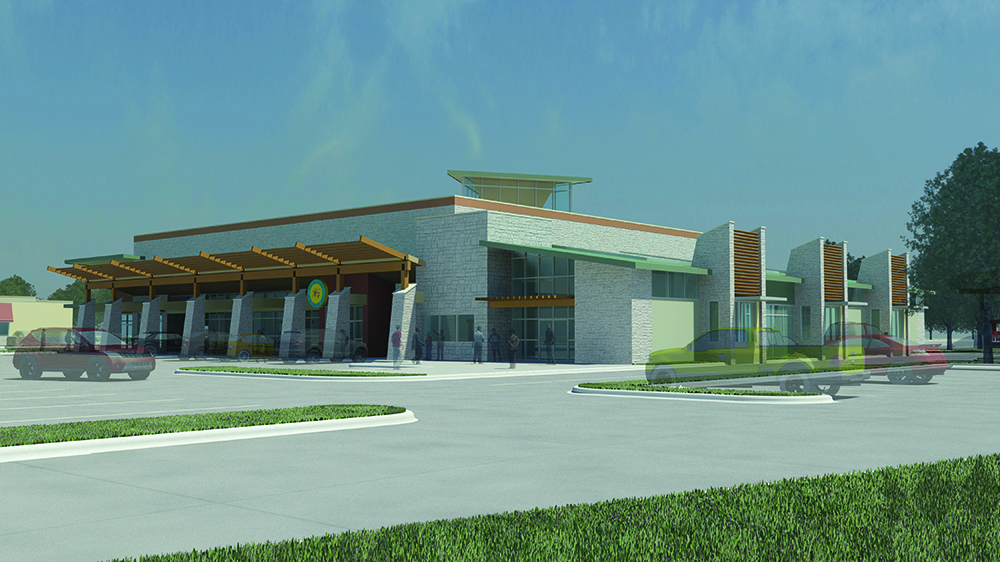
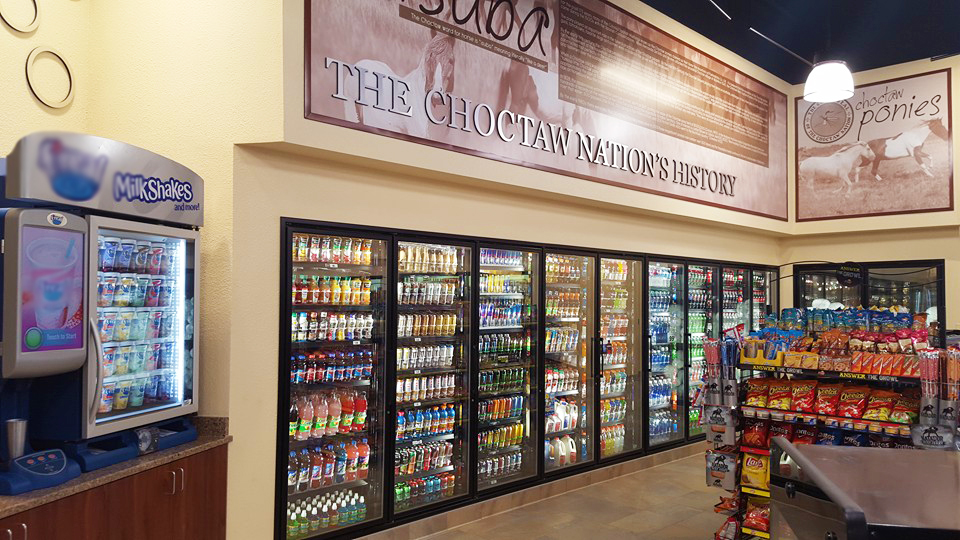
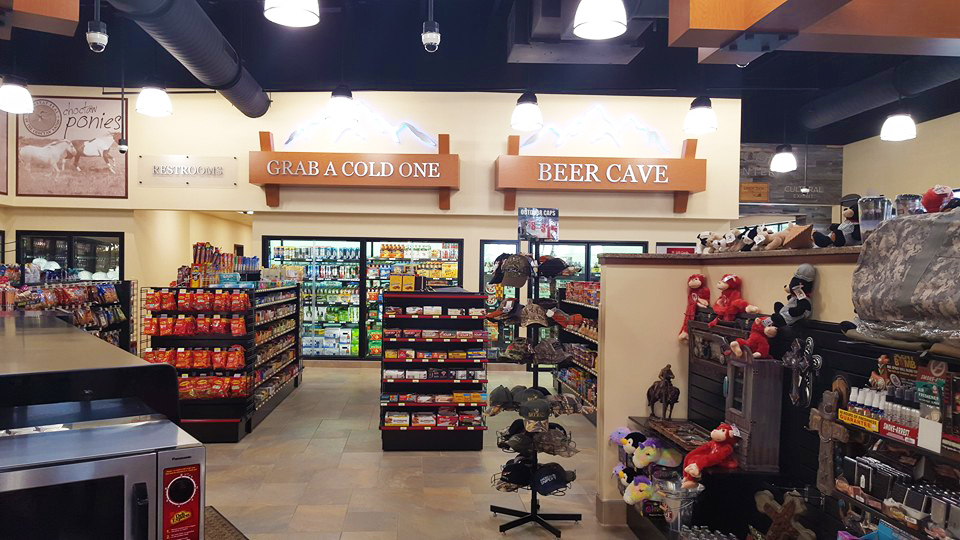
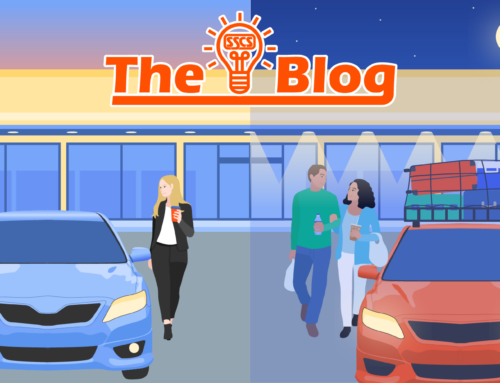

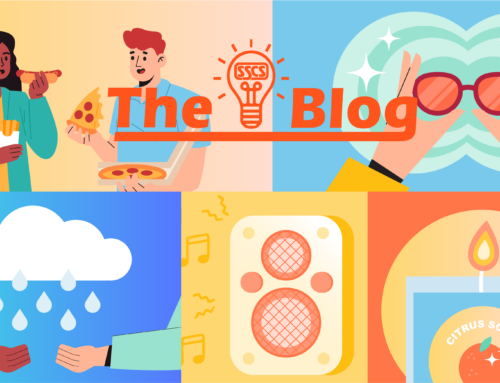
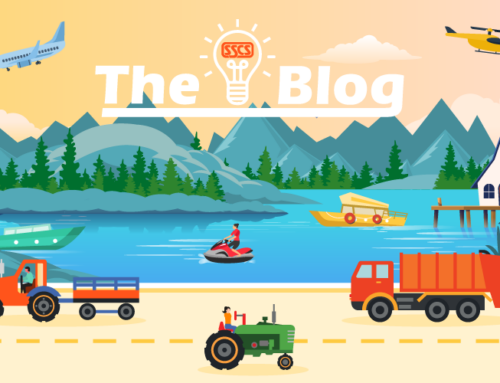

Leave A Comment